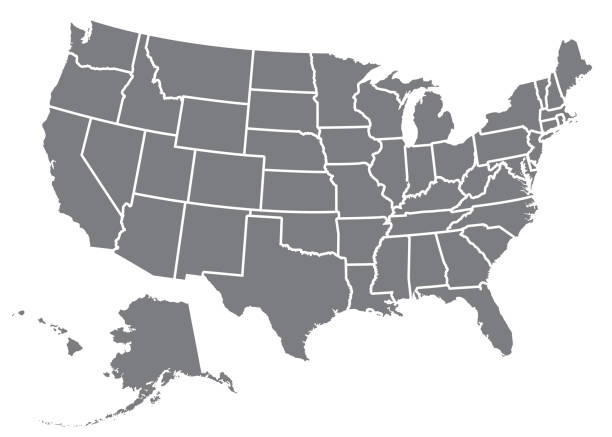More than 90% of the deposits at SVB were uninsured, according to data collected by Wedbush Securities.
This should help to correct the perception presented in this thread that the bank failed because of other reasons besides a stampede bank run to get deposits out.
Originally Posted by VitaMan
And how often does a stampede of frenzied withdrawals occur in a vacuum, absent panic about the angst creating an underlying cause popping up as a catalyst? The concern about the safety of deposits arose as the news broke of SVB's terrible capital ratio deterioration and failed attempt to raise equity. You keep talking about the symptom of the disease; not its underlying cause. That was the point I made earlier, which you obviously missed (or didn't understand).
Savings and Loans...
Originally Posted by the_real_Barleycorn
Indeed, comparisons to the late '90s S&L crisis are certainly not inapt, as there are parallels as well as key differences.
But it's important to understand the underlying causes of that debacle as well.
Anyone remember the Savings and Loan collapse of the 70s and 80s? Most of the assets of the savings and loan industry was tied up in real estate and homes. Senator Metzenbaum pushed a bill that was passed by the democrats reducing the tax write off of the interest. That made real estate worth less than it was before the new law. All of that wealth just disappeared and the savings and loan industry went with it. All because of a law passed because the lefties in Congress didn't like people having that deduction.
Originally Posted by the_real_Barleycorn
However, that ain't it. Way off the mark.
If you want to research further, review oil markets and prices during that time. That was the main cause of financial problems, and caused real estate values to collapse.
Originally Posted by VitaMan
And that ain't, either! The 1981-86 oil price plummet exacerbated the seriousness of the Texas-Oklahoma-Louisiana problems, to be sure. But the S&L meltdown was very much a national problem, and the aforementioned oil price decline was actually an economic stimulus to most of the country during the mid-to-late 1980s. In the aggregate, it wasn't much of a factor.
And, although well-intentioned and containing many good (indeed, probably necessary) provisions, the 1986 tax reform act slammed the CRE loan books of a number of banks and S&Ls very hard, significantly worsening the crisis during the 1987-1991 period.


